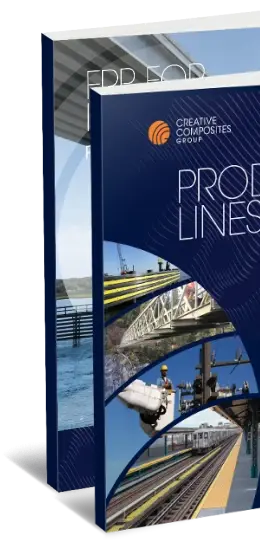Newsroom
Read CCG's latest press releases and media coverage, learn about upcoming events and see media resources and contacts.
Media Releases
See all releasesMedia Coverage
Show All Coverage
Apr 14, 2025
ISE
A Composite Solution
Feb 24, 2025
CompositesWorld
Creative Composites Group Launches New Website
Upcoming Events
See all eventsNewsroom Info
Vince McMorrow
Fahlgren Mortine
vince.mcmorrow@fahlgren.com
614-906-1671
This information is intended for the media. You will receive a response within one business day.
For all other non-media inquiries, click below.
Email Alerts
Subscribe to receive automated updates via email on our latest news and stores.



